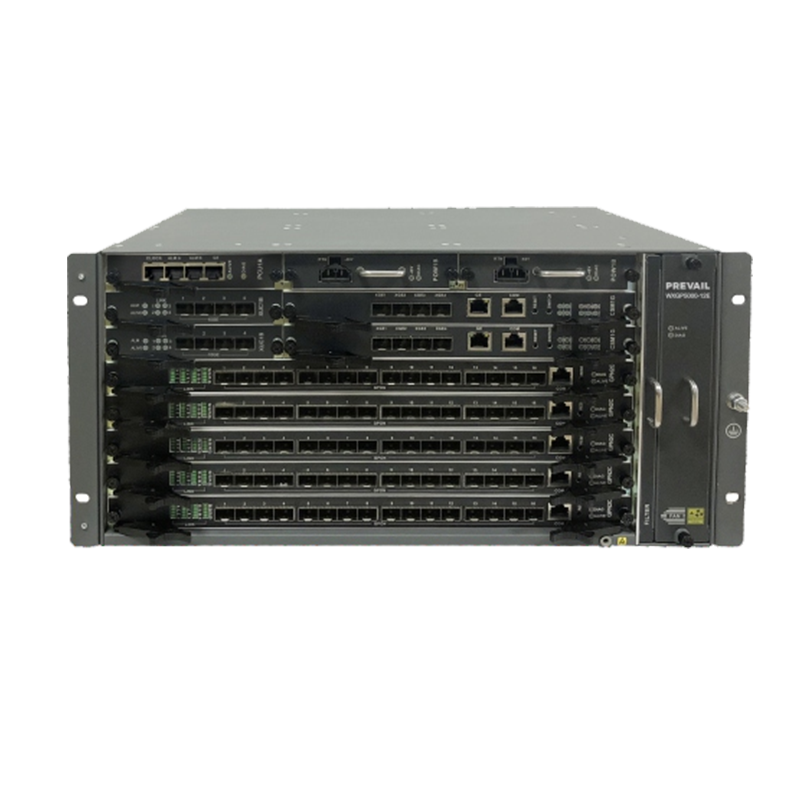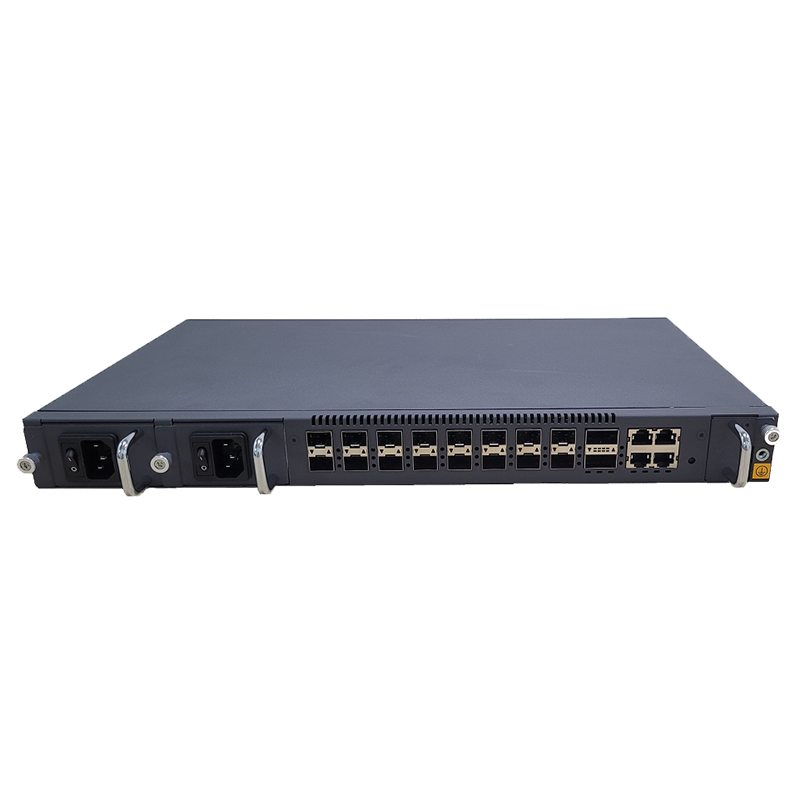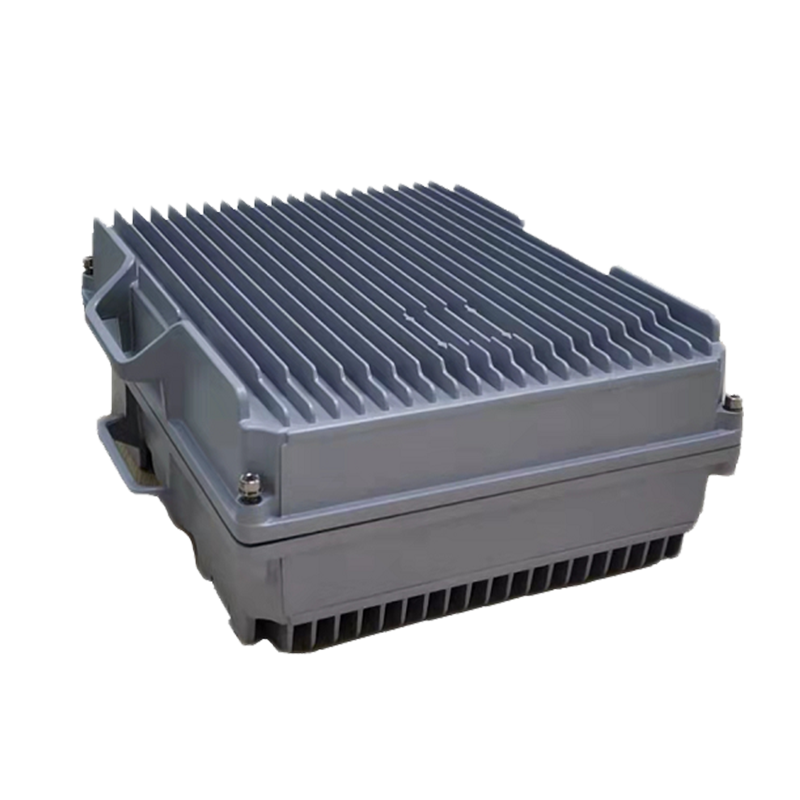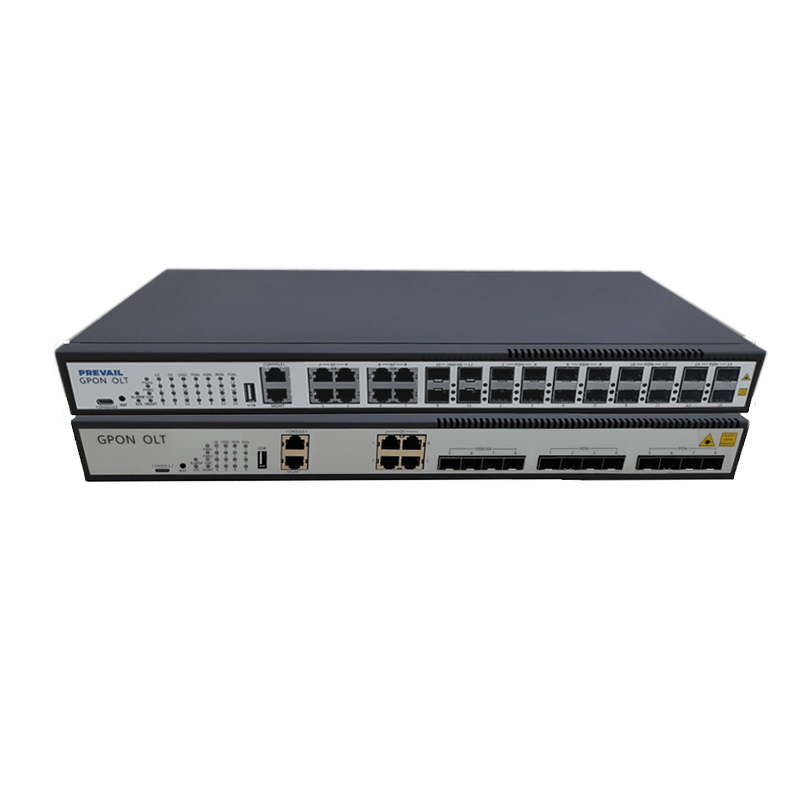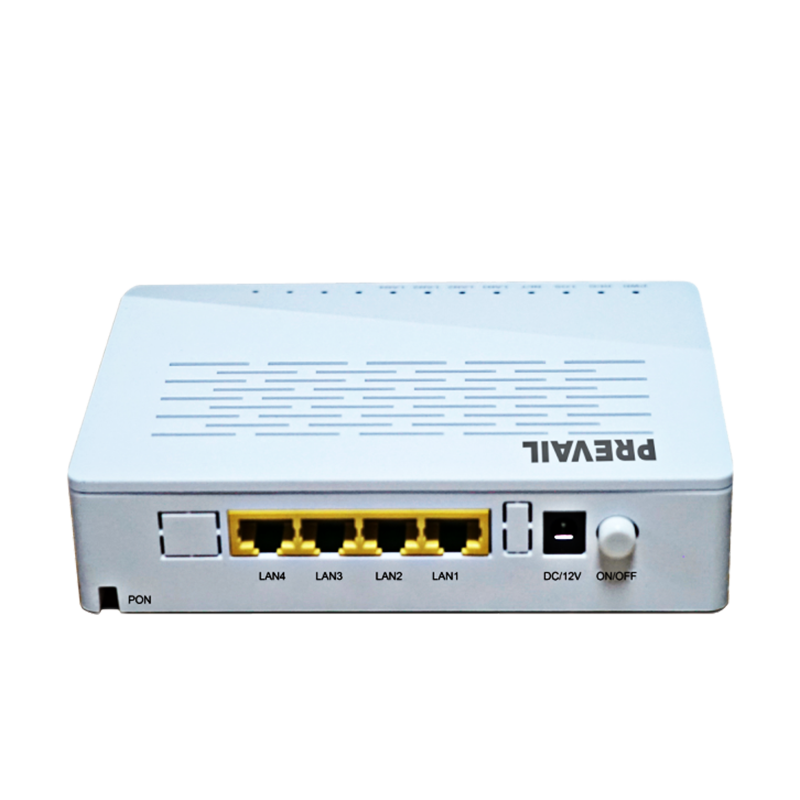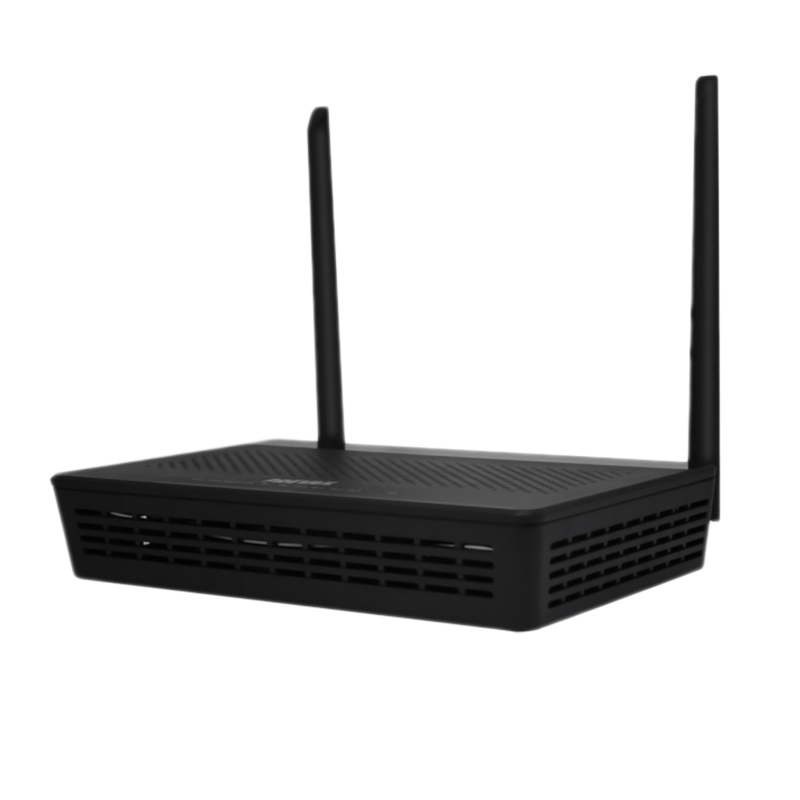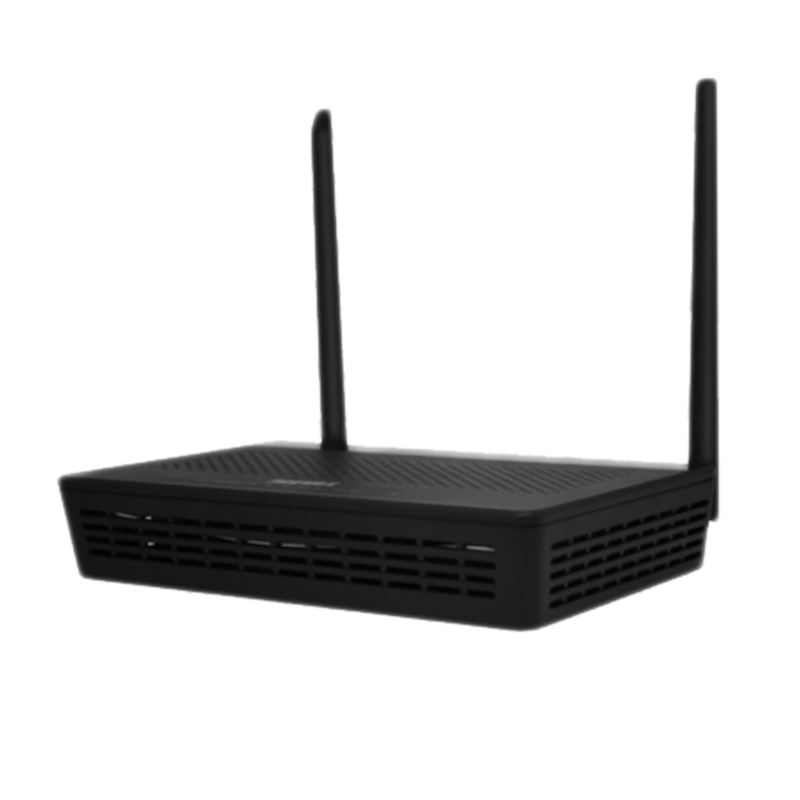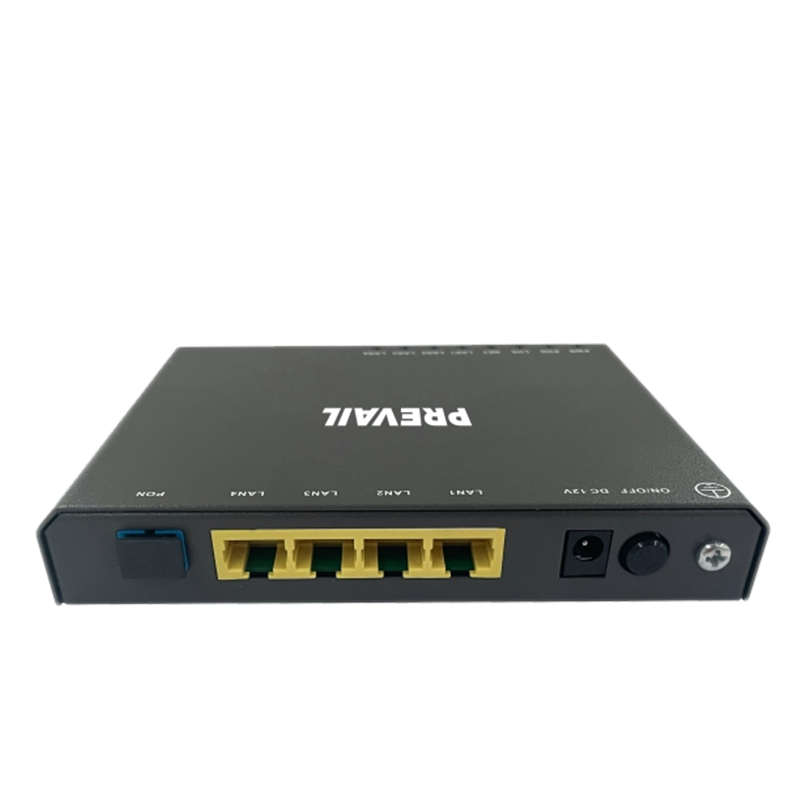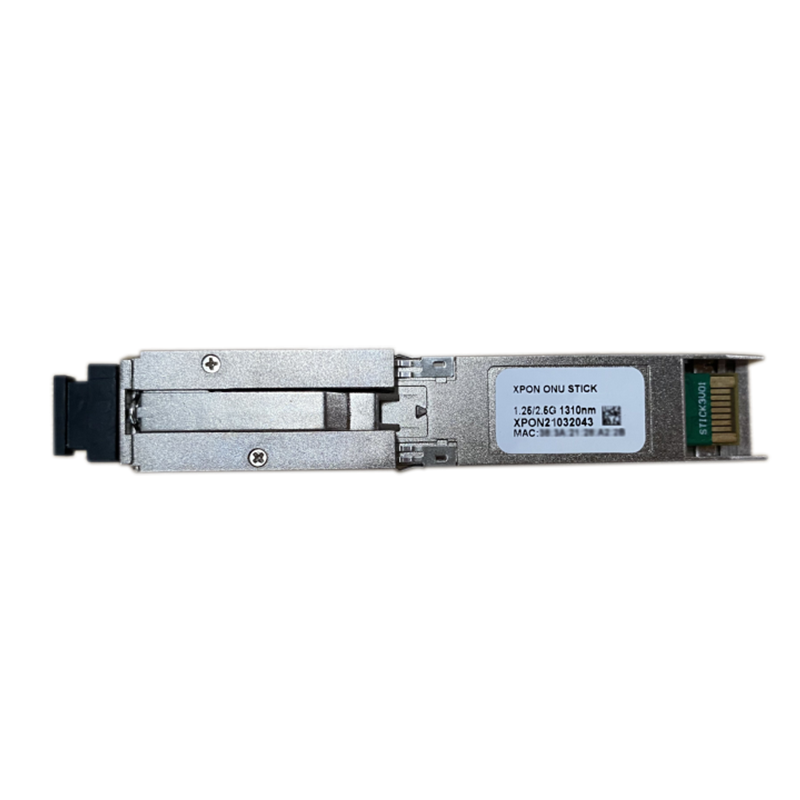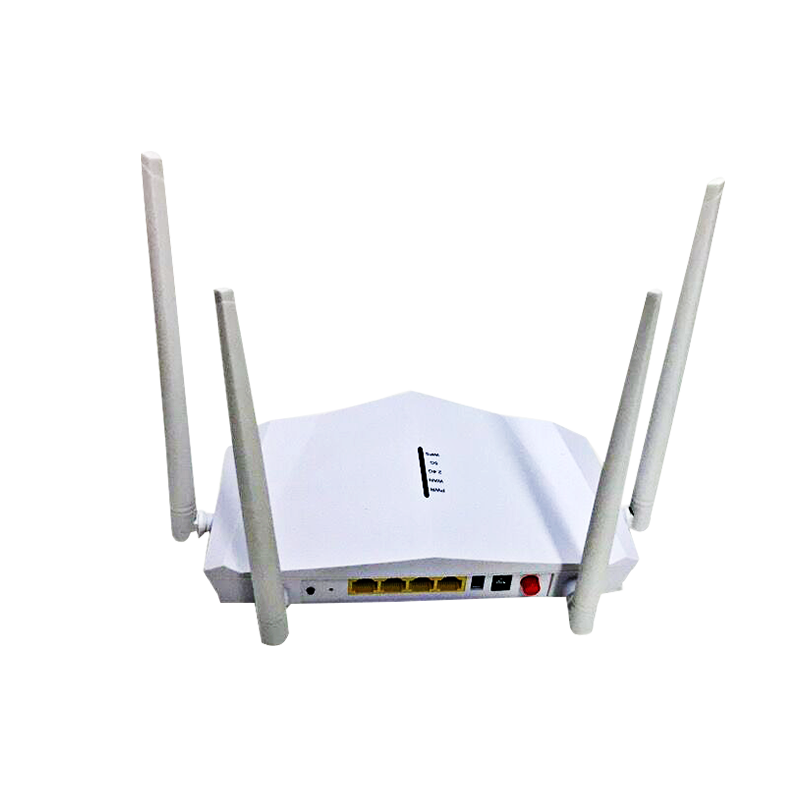Understanding the 1550nm EDFA Optical Amplifier: Enhancing Fiber Optic Communication
In the realm of fiber optic communication, the need for efficient signal transmission over long distances is paramount. One of the key technologies that enable this is the Erbium-Doped Fiber Amplifier (EDFA), particularly those operating at the 1550nm wavelength. As data demands continue to surge globally, understanding the function, advantages, and applications of the 1550nm EDFA is essential for professionals in telecommunications and networking.
The basic principle behind an EDFA involves the use of erbium ions, which are doped into a silica fiber. When a signal at 1550nm passes through this fiber, it interacts with the erbium ions. The process of amplification occurs in the following steps:
To energize the erbium ions, a pump laser (typically operating at wavelengths of 980nm or 1480nm) injects energy into the fiber. This process excites the erbium ions, preparing them to amplify incoming signals.

As the optical signal passes through the erbium-doped fiber, it stimulates the excited erbium ions, causing them to release their stored energy in the form of amplified light. This process results in a stronger optical signal being transmitted through the fiber.
The amplified signal exits the EDFA with significantly enhanced power, allowing it to travel longer distances without degradation.
One of the most significant benefits of 1550nm EDFAs Optical Amplifier is their high gain, which allows them to amplify weak signals effectively. Additionally, they exhibit low noise figures, which means that the amplification process introduces minimal additional noise, preserving the quality of the transmitted signal.
With the ability to boost signals without the need for regeneration, 1550nm EDFAs enable longer transmission distances in fiber optic networks. This capability reduces the need for additional repeaters, lowering operational costs and complexity in network design.
The 1550nm wavelength is ideal for Wavelength Division Multiplexing (WDM) systems, which allow multiple signals to be transmitted simultaneously over a single fiber. EDFAs can amplify multiple channels of different wavelengths, enhancing the capacity and efficiency of fiber optic networks.
EDFA technology is highly scalable, making it suitable for various applications, from small networks to large-scale telecommunications systems. This scalability ensures that operators can adapt their infrastructure to meet growing data demands.
1550nm EDFAs are widely used in telecommunications, where they amplify signals in long-haul optical fiber networks. They enable efficient data transmission over vast distances, supporting internet services, telephone communications, and television broadcasting.
In CATV systems, 1550nm EDFAs enhance the quality of transmitted signals, allowing for the delivery of high-definition content and on-demand services to subscribers. They ensure that signals maintain their strength and clarity throughout the distribution network.
Data centers rely on high-capacity fiber optic links to connect servers and transmit data between locations. 1550nm EDFAs are essential in maintaining signal integrity and performance in these high-demand environments.
In research institutions, EDFAs are used in experimental setups to test new technologies and protocols in fiber optic communication. They provide a reliable means of signal amplification for various scientific applications.
While 1550nm EDFAs offer numerous advantages, they are not without challenges. One consideration is the need for proper management of the pump laser power to avoid issues such as saturation and nonlinear effects. Additionally, temperature fluctuations can affect amplifier performance, necessitating robust thermal management solutions.





